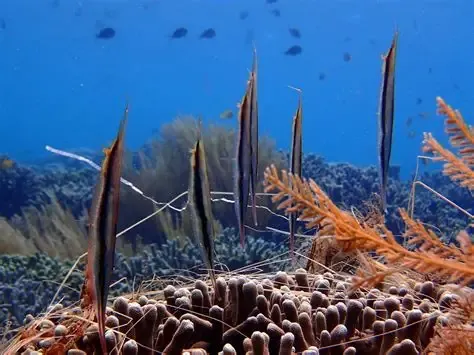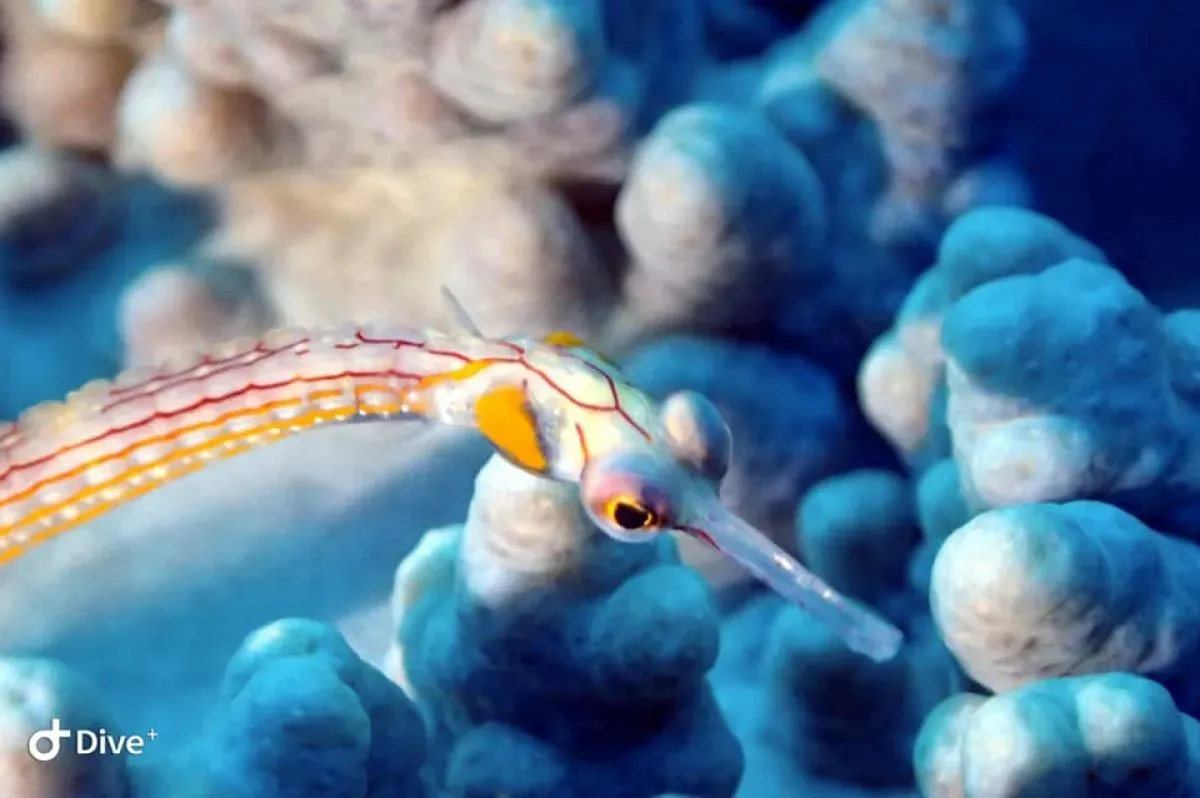10/01/2025 Dive Log – FRIDAYS’S REEF
Dive Log: 10/01/2025
Dive Site Name: FRIDAYS’S REEF
Dive Depth: 12 meters
Dive Duration: 31 minutes
About The Dive: Incredible diving day today with a very sunny weather and warm water with good visibility !
We took our costumers for their first dive of the open water course.
From the beginning we were sorrounded by seal face puffer fish, trumpet fish, shrimp fish and colourful anthias hovering over the reef !
The highlight was a very nice banded sea crate that followed us for a big part of our dive !









